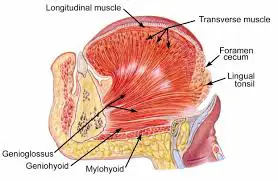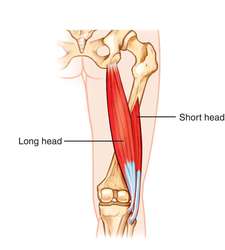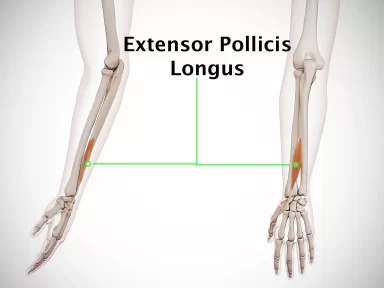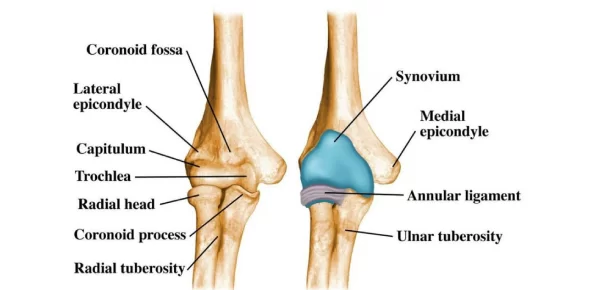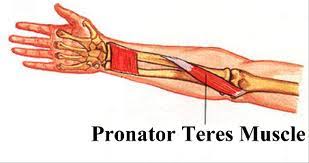Transverse Muscle of the Tongue (Transverse Lingual Muscle)
Transverse Muscle of the Tongue Anatomy
Transverse muscle is an intrinsic muscle of the tongue also called Transverse Lingual Muscle.
The transverse Muscle of the Tongue has fibers that originate from the median fibrous septum and cross lateralward to be inserted into the submucous fibrous tissue at the sides of the tongue.
The muscle fibers are attached to the lateral tongue borders’ submucosal fibrous layer distally and the fibrous median septum proximally. Between the superior and inferior longitudinal intrinsic muscles, they cross paths with the fibers of the vertical intrinsic muscle.
Origin:
median fibrous septum.
Insertion:
- Into the submucous fibrous tissue
- at the sides of the tongue
Nerve:
Hypoglossal nerve.
Actions:
Makes the tongue narrow and elongated.
The tongue’s intrinsic muscle is in control of modifying the tongue’s form, which helps it remain flexible and mobile when speaking, swallowing, and interacting with food.
The complex motions and functions connected to the tongue’s function in oral activities are made possible by the cooperative nature of the tongue’s intrinsic muscles.
What is the transverse muscle of the tongue movement?
The tongue is made longer and narrower by the transverse muscle. The tongue is flattened by the vertical muscle.

